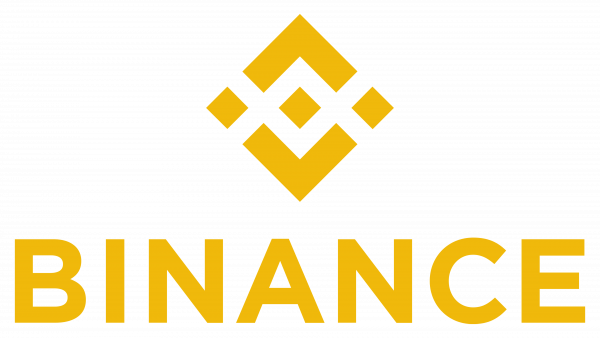Proof-of-Reserves Merkle Tree Proofs
In 2022, SilverSixpence partnered with Mazars to conduct Proof-of-Reserves for Binance, Kucoin and Crypto.com. This page serves as the implementation of that methodology and is maintained as a legacy protocol.
In 2023, Silver Sixpence partnered with Coinbase exchange to reimagine Proof of Reserves for exchanges, and we are currently busy developing a new protocol. This open source project will be launched in Q1 2024.
If you would like to be part of the launch, leave your email address below



